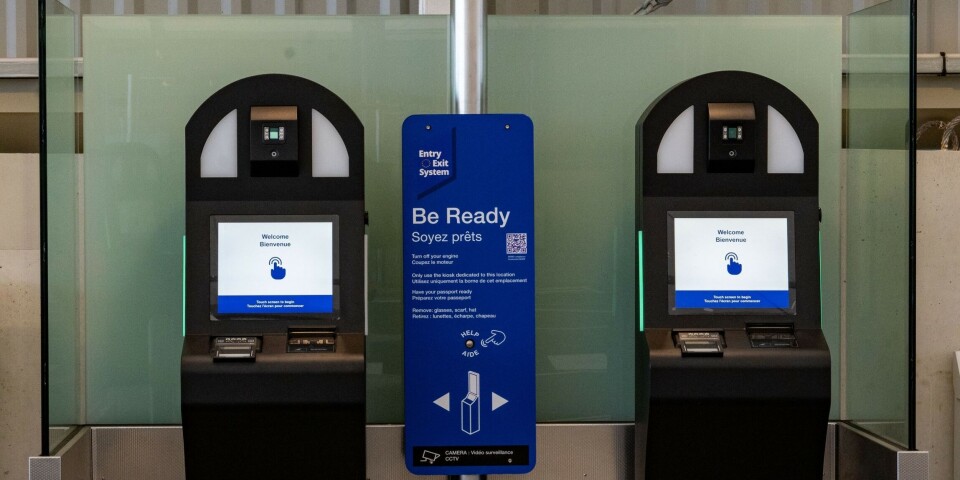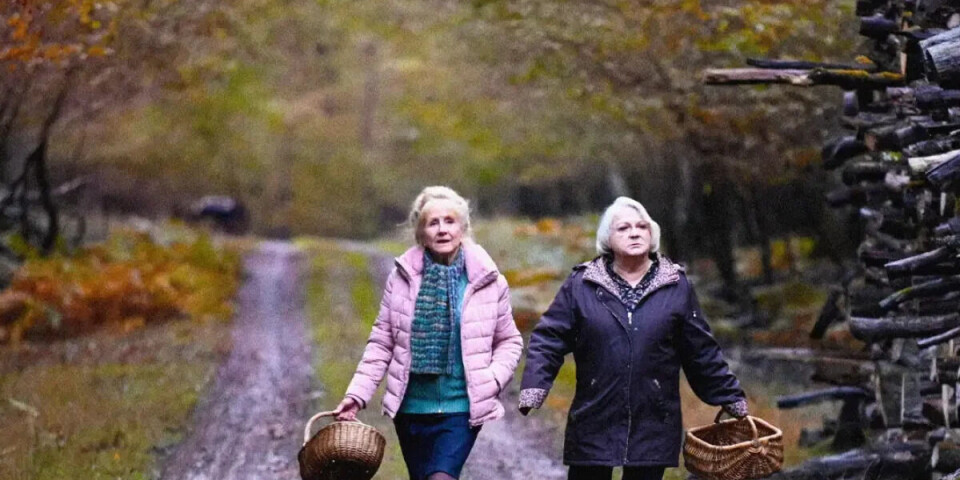-
French pharmacies attract American visitors
Pharmacists say some tourists are buying medication in France - both prescription and over-the-counter - to save money
-
Life expectancy in France continues to outperform European averages says latest official data
France, Spain, and Luxembourg are among the EU countries where people live the longest
-
Flu vaccinations start in France: which areas are most affected?
Both flu and Covid-19 are starting to spread across the country, with the vulnerable particularly urged to get vaccinated
My operation in France: Broken wrist
The inside story of readers who have had operations in France – and how they found the health service, by Gillian Harvey

When former executive secretary Dee Tickner, 67, from Saint Valérien in Vendée popped to the bathroom in the early hours in January last year, she had no idea she would spend the next four days in hospital.
Life in France
I’ve lived in France for two years, since moving from Hampshire with my partner Barry, 70, who worked as a senior technician at the University of Southampton.
Barry had been holidaying here for years and always dreamed of a move across the Channel so once he retired, we began to look and bought in October 2015.
The accident
It was about 6.30 when I woke. It was pitch black, but I didn’t want to wake Barry, so I flicked the light in the hallway on and off to get my bearings and make sure the cat wasn’t at my feet!
The builders who’d been working on the kitchen had moved a radiator and our coat-stand upstairs, and I’m not sure whether it was the lights being flicked, or the displaced furniture that confused me, but for some reason I stepped out into the void at the top of the stairs instead of towards the bathroom opposite.
I tumbled down several steps, slamming my shoulder against the wood panelling on the half-landing and banging my head and my right hand against the wall.
Amazingly, I didn’t feel any pain, but knew instinctively that I was hurt.
Ambulance
Barry heard the bang and came hurtling down the stairs to me then went to phone an ambulance. The pompiers arrived a few minutes later and checked me over. My right ankle was sore, as was my shoulder – and the little finger on my right hand had dislocated and was waggling about. I’d also torn a flap of skin from the finger.
Hospital admission
I arrived at the hospital, where I was admitted and sent for a wrist X-ray. I then saw two doctors and one stitched the flap of skin back on my finger and popped the bone back into place.
The X-ray had confirmed a break in my right wrist – and a surgeon later decided the break was so fine it would never repair on its own; he needed to insert a plate.
My arm was bandaged up, and I was booked for surgery the next day.
The operation
Next morning, I was wheeled to an anteroom where I met the anaesthetist. As I’m slightly asthmatic, they decided to work under local rather than general anaesthetic – meaning five injections into my armpit. My arm went like a lead weight!
The surgeon asked me to transfer my arm to a trolley next to the bed.
This was nearly impossible as I had very little movement. Eventually, I used my body to almost ‘throw’ the limb into place!
In the operation, I managed to disassociate myself from what was happening. I couldn’t feel anything and made sure I was looking away at all times.
At the end, the surgeon said it had been a “tricky” procedure, but that he was happy.
From being wheeled to theatre to being back in my room took about three hours.
Hospital stay
I stayed in my room for three further days – partly so they could keep an eye on my arm and partly, I think, because of the shock of the fall. I was offered painkillers regularly, but I felt barely any pain.
My arm was supported in a removable splint glove, rather than a plaster cast, which left my fingers free.
Going home
The morning after I was discharged, a nurse called to arrange regular visits to change my dressing.
After four weeks I returned to hospital to have my 13 stitches out and a further X-ray to check healing.
Despite my age, at my final appointment – eight weeks after the operation – the surgeon was delighted with how quickly and well my arm had healed.
I’d also tried to use the arm a little over the weeks, and kept it moving when I could, and my range of motion was so good that I didn’t need physio!
FACTS ON A BONE REPAIR by Dr Steffen Quiennec, orthopaedic surgeon in Clinic Geoffrey Saint-Hillaire in Paris
Why do fractures sometimes need surgery?
Sometimes it is necessary to operate on a broken bone, for example when fractures are unstable or displaced.
The surgery should then stabilise the bone, restore the anatomy and permit a good function of the joint.
Local anaesthetic is sometimes used – why, and what are the advantages?
It has been proven that a general anaesthesia has more of an impact on brain function than a local anaesthetic.
For some patients – for example, a more elderly patient – opting for a local anaesthetic can be beneficial.
It may also be used where a patient has an underlying medical condition – such as asthma – which may result in a negative reaction to general anaesthetic.
How long does a broken arm usually take to heal after surgery?
The length of time taken for a bone to heal will depend on where on the bone the fracture occurs.
If it is at the end of the bone it can take 45 days to heal properly, if it is a break in the shaft then that can take three months.
Is physiotherapy usually needed?
Often physiotherapy is used to restore the range of motion to the joint.























